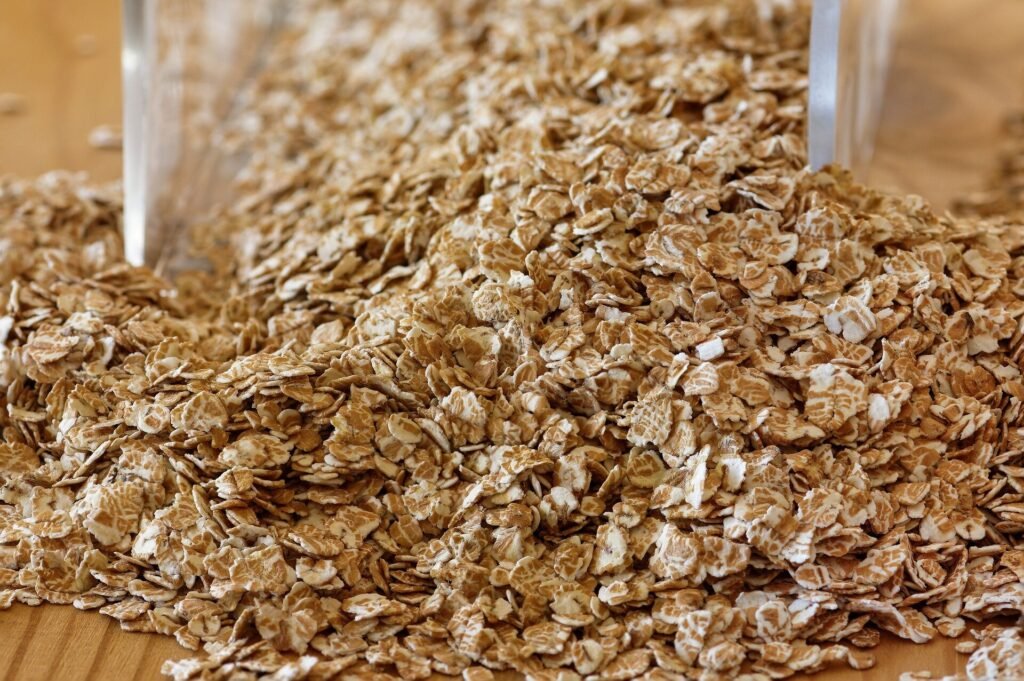The bacteria group Enterobacteriaceae, which includes Klebsiella pneumoniae, Shigella, and E. coli, is normally found in low levels in a healthy human gut microbiome. However, when these bacteria levels are elevated due to factors such as inflammation or contaminated food, they can lead to illness and disease. In severe cases, an overabundance of Enterobacteriaceae in the gut can be life-threatening.
Recent research has utilized computational methods, including artificial intelligence, to analyze the gut microbiome composition of over 12,000 individuals from 45 countries based on their stool samples. The study revealed that a person’s microbiome ‘signature’ can indicate the likelihood of Enterobacteriaceae colonization in the gut. These findings held true across various states of health and geographic locations.
The researchers identified 135 gut microbe species that are commonly present in the absence of Enterobacteriaceae, potentially offering protection against infection. Among these protective species are Faecalibacterium bacteria, which produce beneficial compounds known as short-chain fatty acids by breaking down dietary fiber. This process appears to safeguard against infection by various disease-causing Enterobacteriaceae bacteria.
The study suggests that increasing fiber intake in the diet can promote the growth of beneficial bacteria while crowding out harmful ones, thereby significantly reducing the risk of illness. In contrast, the consumption of probiotics, which do not directly alter the gut environment, may have less impact on the likelihood of Enterobacteriaceae infection.
The research outcomes have been published in the journal Nature Microbiology. Dr. Alexandre Almeida, a researcher at the University of Cambridge’s Department of Veterinary Medicine and the senior author of the paper, emphasized the significance of dietary choices in controlling the risk of bacterial infections, including those caused by E. coli and Klebsiella pneumoniae. By consuming fiber-rich foods like vegetables, beans, and whole grains, individuals can provide their gut bacteria with the necessary resources to produce protective short-chain fatty acids.
Klebsiella pneumoniae is a bacterium that can cause pneumonia, meningitis, and other infections. With the growing global concern over antibiotic resistance to this pathogen, researchers are exploring new strategies to combat it and similar infectious bacteria. Almeida highlighted the importance of preventing infections through dietary means to limit the proliferation of disease-causing bacteria in the gut.
The study also shed light on the interactions between different gut bacteria species, challenging previous assumptions derived from mouse models. The research revealed that 172 gut microbe species can coexist with Enterobacteriaceae bacteria, many of which share similar nutrient requirements. This finding contradicted the notion that competition for resources would prevent the establishment of pathogenic bacteria in the gut.
The researchers recommended focusing on altering the gut environment, such as through dietary modifications, to reduce the risk of Enterobacteriaceae infection, rather than relying on probiotics that compete for the same nutrients. Dr. Qi Yin, a visiting researcher at the University of Cambridge’s Department of Veterinary Medicine and the first author of the report, emphasized the importance of studying pathogens within the context of the surrounding gut microbiome.
In conclusion, the study underscores the potential of dietary interventions in shaping the gut microbiome to mitigate the risk of infection by Enterobacteriaceae bacteria. By understanding the complex interactions between gut microbes and pathogenic bacteria, researchers aim to develop effective strategies for preventing and managing such infections in the future.


